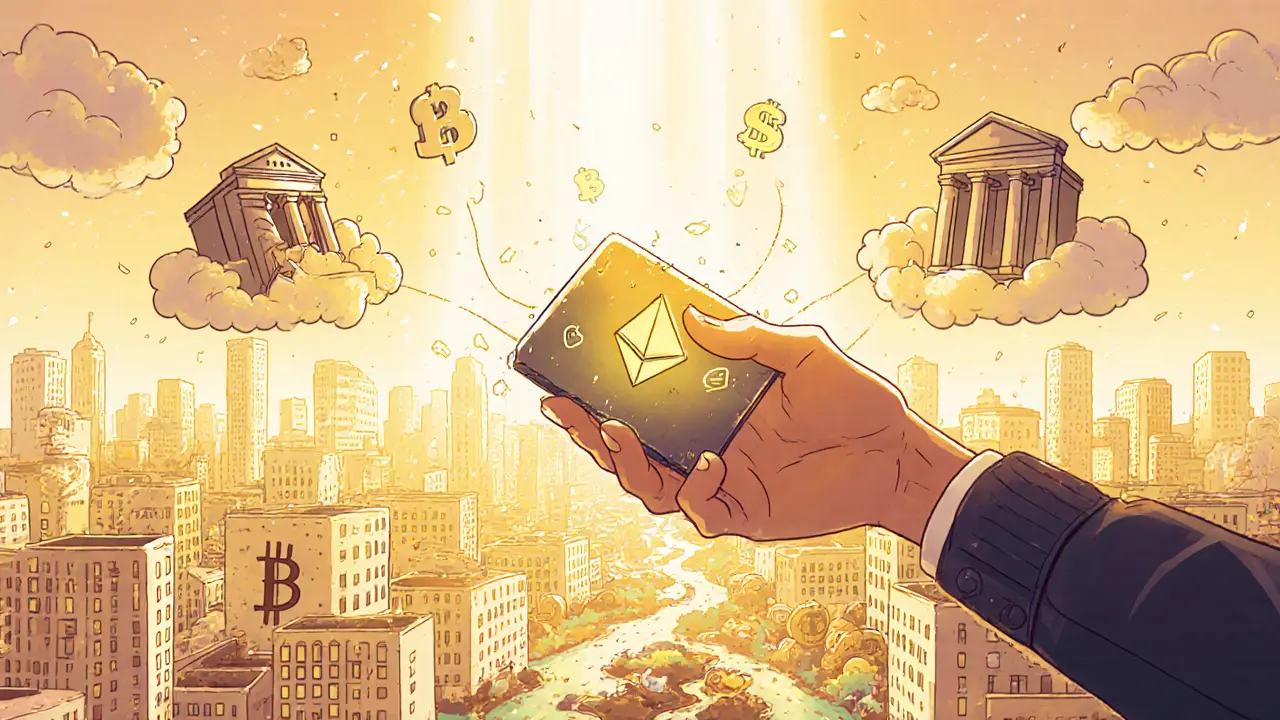Smart Contracts Explained: How They Power DeFi, Tokens, and Blockchain Automation
When you interact with a smart contract, a self-executing program stored on a blockchain that runs when preset conditions are met. Also known as blockchain scripts, it doesn't need a bank, lawyer, or middleman to make things happen—just code and cryptocurrency. That’s how you get tokens, lend money, trade assets, or even play games—all without trusting a company. Smart contracts are the engine behind most DeFi apps, NFT marketplaces, and airdrops you hear about.
They run mostly on Ethereum, the leading blockchain platform for programmable money and decentralized applications, but also on Solana, BSC, and others. These contracts handle everything from swapping tokens on a DEX to distributing airdrop rewards automatically. If you’ve claimed a free token, bought an NFT, or staked crypto for rewards, you’ve used a smart contract. They’re not magic—they’re just code that runs exactly as written, no exceptions. That’s why a single bug can cost millions, and why projects like SynFutures v3 or Zamio’s launchpad rely on audits before going live.
Smart contracts enable DeFi, a system of financial services built on open blockchains without traditional banks to exist. Without them, there’d be no Uniswap, no lending protocols, no automated yield strategies. They’re what let CatSlap’s game reward players with SLAP tokens, or SpaceY 2025 give out SPAY tokens to early players. Even Metaverse HQ’s AI quests and Neurotoken’s data platform depend on these automated rules. They’re not just tools—they’re the rules of the new digital economy.
What you’ll find here aren’t theory lessons. These are real-world examples: how smart contracts power token swaps like FUND, secure multi-sig wallets like Nunchuk, automate trading bots on Cropper, and even enforce penalties in countries like Vietnam where crypto payments are fined. You’ll see how they’re used, broken, hacked, and improved. No fluff. Just what you need to understand what’s really happening when you click ‘confirm’ on your wallet.
What is Decentralized Finance (DeFi)? A Simple Breakdown for Real Users
Posted By Tristan Valehart On 10 Nov 2025 Comments (10)

DeFi lets you lend, borrow, and trade crypto without banks using smart contracts on blockchains like Ethereum. It offers high returns but comes with real risks-no insurance, no refunds. Learn how it works and who it's really for.
READ MOREFuture of Distributed Ledger Technology in Digital Economy
Posted By Tristan Valehart On 1 Nov 2025 Comments (18)

Distributed Ledger Technology is transforming finance, supply chains, and digital identity. By 2025, banks, governments, and enterprises are already using it to settle trillions in seconds. Here’s how it works-and why it’s here to stay.
READ MORE
